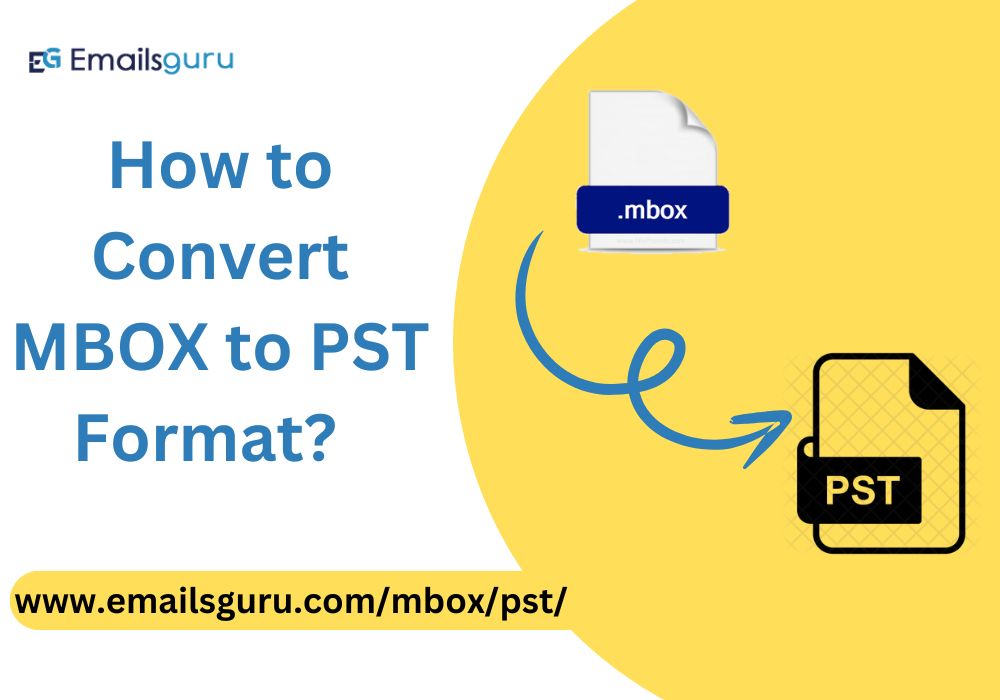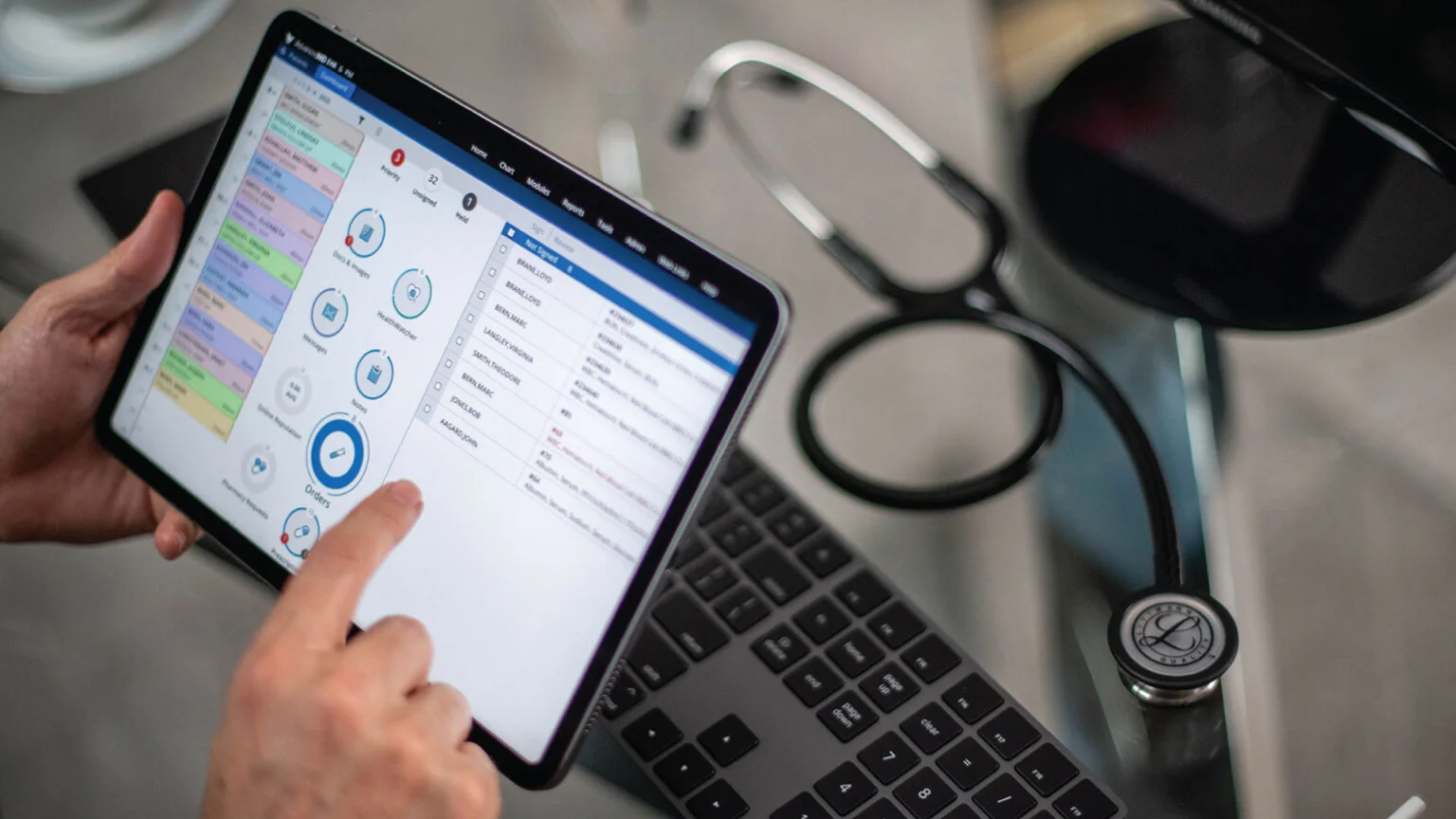The Silent Productivity Booster: Exploring the Role of BPO Time Tracking Software

In the world of Business Process Outsourcing (BPO), productivity isn’t just a goal—it’s a lifeline. With hundreds or even thousands of agents working across shifts, time zones, and tasks, managing time effectively can either make or break business outcomes. But here’s the twist—often, the biggest impact on efficiency doesn’t come from loud leadership speeches or flashy incentives. It comes from something much quieter: BPO time tracking software.
This silent but powerful tool ensures that every second of the workday is accounted for, optimized, and used wisely. Let’s take a deep dive into how this software reshapes productivity in BPO operations—without making any noise.
What Is BPO Time Tracking Software?
BPO time tracking software is a digital solution designed to monitor and record the working hours of agents and employees within outsourcing companies. It goes beyond a basic clock-in/clock-out system. These tools provide detailed insights into how time is spent, offering metrics that help managers track attendance, identify idle time, optimize shift planning, and prevent time theft.
The software often includes features like:
-
Real-time tracking
-
Biometric or facial recognition login
-
Idle time alerts
-
Task-level time segmentation
-
Performance dashboards
-
Integration with payroll and HR systems
It’s not just about logging hours. It’s about making every hour count.
Why Time Tracking Matters in BPO Operations
The BPO industry thrives on efficiency and accountability. Every client expects maximum output at a competitive cost. In such a dynamic environment, tracking time is crucial.
1. High Workforce Volume
BPOs handle hundreds or thousands of employees. Manual tracking becomes impossible and error-prone. A time tracking system automates the process accurately.
2. Remote and Hybrid Models
With many BPOs offering remote roles post-pandemic, software ensures that distributed teams remain accountable, even from afar.
3. Multi-Shift Operations
BPOs often operate 24/7. Time tracking software helps manage rotating shifts, night duties, and international time differences smoothly.
4. Billing Transparency
For client-based projects, accurate tracking helps justify work hours and billing, building client trust and long-term partnerships.
How It Silently Boosts Productivity
Let’s break down the invisible ways BPO time tracking software contributes to performance enhancement:
1. Reduces Time Theft and Idle Hours
Even a few minutes of wasted time per agent can translate into huge losses when multiplied across the workforce. With real-time tracking and idle time alerts, employees remain aware of their time usage. The presence of a transparent system naturally discourages unnecessary breaks or non-work-related browsing.
2. Improves Accountability
When employees know their work hours and activity are monitored, they tend to stay more focused. This doesn’t mean micromanagement—it means creating a culture of ownership. Employees take responsibility for their schedules, attendance, and task completion.
3. Enables Smarter Scheduling
The software provides data on peak performance times, underutilized shifts, and overworked teams. Managers can use this data to schedule work smartly—assigning tasks when employees are most productive and ensuring no one is burnt out or underused.
4. Supports Performance Reviews
Rather than relying solely on output, managers can use time logs to understand how employees work—who completes tasks efficiently, who needs training, and who might be struggling. This leads to fair, data-backed performance evaluations.
5. Streamlines Payroll Processing
Tracking time accurately helps calculate pay precisely. Overtime, undertime, and leave days are recorded without human error, reducing disputes and ensuring timely payments.
Real-Life Benefits: Case Study Highlights
Many BPO companies have already adopted time tracking tools and reported notable improvements. While we won’t name names, here’s what some typical results look like:
-
A mid-sized BPO firm implemented tracking software and reduced unproductive hours by 18% within 3 months.
-
A global customer support center saw a 25% improvement in client satisfaction after aligning working hours more effectively.
-
A remote outsourcing agency was able to scale by 2x without increasing managerial overhead—thanks to automation and tracking insights.
Key Features That Drive Impact
1. Live Dashboards
Managers can view live activity status—who’s online, what they’re doing, how much time is spent on tasks.
2. Mobile Accessibility
Mobile apps allow remote teams to clock in and out, view their schedules, and track hours from anywhere.
3. Custom Reporting
Generate weekly or monthly reports to track project timelines, individual productivity, and time allocation.
4. Geo-Location & Geo-Fencing
For on-field or hybrid employees, these features verify attendance based on location, adding another layer of authenticity.
5. Biometric Integration
Face recognition or fingerprint scanning eliminates buddy punching or false check-ins.
Myths Around Time Tracking Software
Let’s address a few common misconceptions:
-
“It’s about control, not trust.”
Not true. The goal is transparency, not policing. In fact, employees often appreciate clear expectations and fewer disputes. -
“It’s only useful for large firms.”
Small and mid-size BPOs benefit even more. It reduces manual work and saves precious hours in management tasks. -
“It invades privacy.”
Most software allows flexibility and only tracks work-related metrics during active hours.
Tips for Successful Implementation
To get the most out of BPO time tracking software, consider these tips:
-
Communicate Clearly
Explain the purpose of the software to your teams. Highlight how it benefits both management and employees. -
Choose User-Friendly Software
If the interface is too complex, employees won’t use it properly. Go for intuitive, easy-to-navigate platforms. -
Customize Features
Not every BPO is the same. Choose or request features that align with your business model and culture. -
Integrate with Existing Tools
Link the software with payroll, HRMS, or CRM systems to reduce duplication of work. -
Review Reports Regularly
Data is only useful when acted upon. Review insights frequently and adjust processes accordingly.
The Future of Time Tracking in BPOs
As the BPO industry embraces AI, automation, and hybrid work cultures, BPO time tracking software will continue evolving. Expect to see features like predictive scheduling, wellness tracking, and integration with productivity coaching tools. The goal isn’t to just monitor time—but to maximize human potential in a healthy, scalable way.
Final Thoughts
In the fast-paced world of outsourcing, every second counts. But productivity isn’t always about louder processes or flashier tools. Sometimes, it’s the silent systems working in the background that make the biggest difference. BPO time tracking software is exactly that—a quiet, consistent, and powerful force driving operational excellence.
By reducing waste, increasing accountability, and enabling data-driven decisions, this software proves to be a silent hero in the BPO ecosystem. If your BPO hasn’t adopted a reliable time tracking system yet, it’s time to stop and think: What is it costing you in lost time?
Want to explore a proven solution?
Check out BPO Time Tracking Software by Time Champ – designed to empower your workforce, simplify time management, and enhance overall productivity.
Running paid ads for an e-commerce store takes money. But just driving traffic isn’t enough. If visitors click but don’t Read more
In today’s fast-paced digital environment, email communication is very important for personal and professional interactions. Over time, many users find Read more
In today's digital-first healthcare environment, cloud technology is reshaping how patient data is stored, accessed, and managed. One of the Read more
MBOX File Format: What Is It? Understand the data that is stored there. mbox file extension, email clients that support Read more








